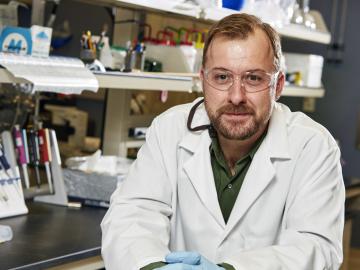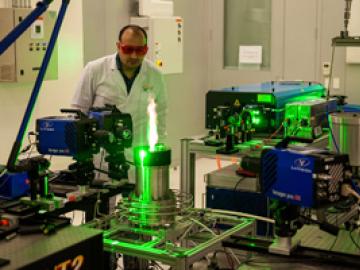
Polyphase wireless power transfer system achieves 270-kilowatt charge, s...

Andrew Stack, a geochemist at the Department of Energy’s Oak Ridge National Laboratory, advances understanding of the dynamics of minerals underground.

Scientists who bridge disciplines often take research in new directions. Andrew Stack of the Department of Energy’s Oak Ridge National Laboratory calls on his expertise in geology, chemistry and computing to advance understanding of the dynamics of minerals underground. Working in the Geochemistry a...








A new concept in metallic alloy design – called “high-entropy alloys” - has yielded a multiple-element material that not only tests out as one of the toughest on record, but, unlike most materials, the toughness as well as the strength and ductility

